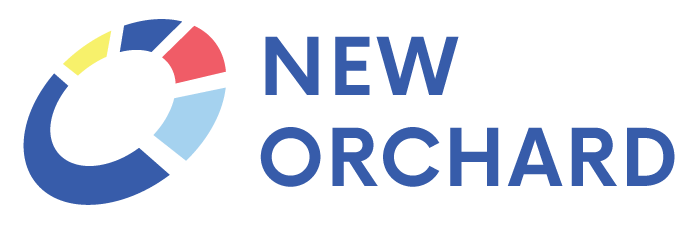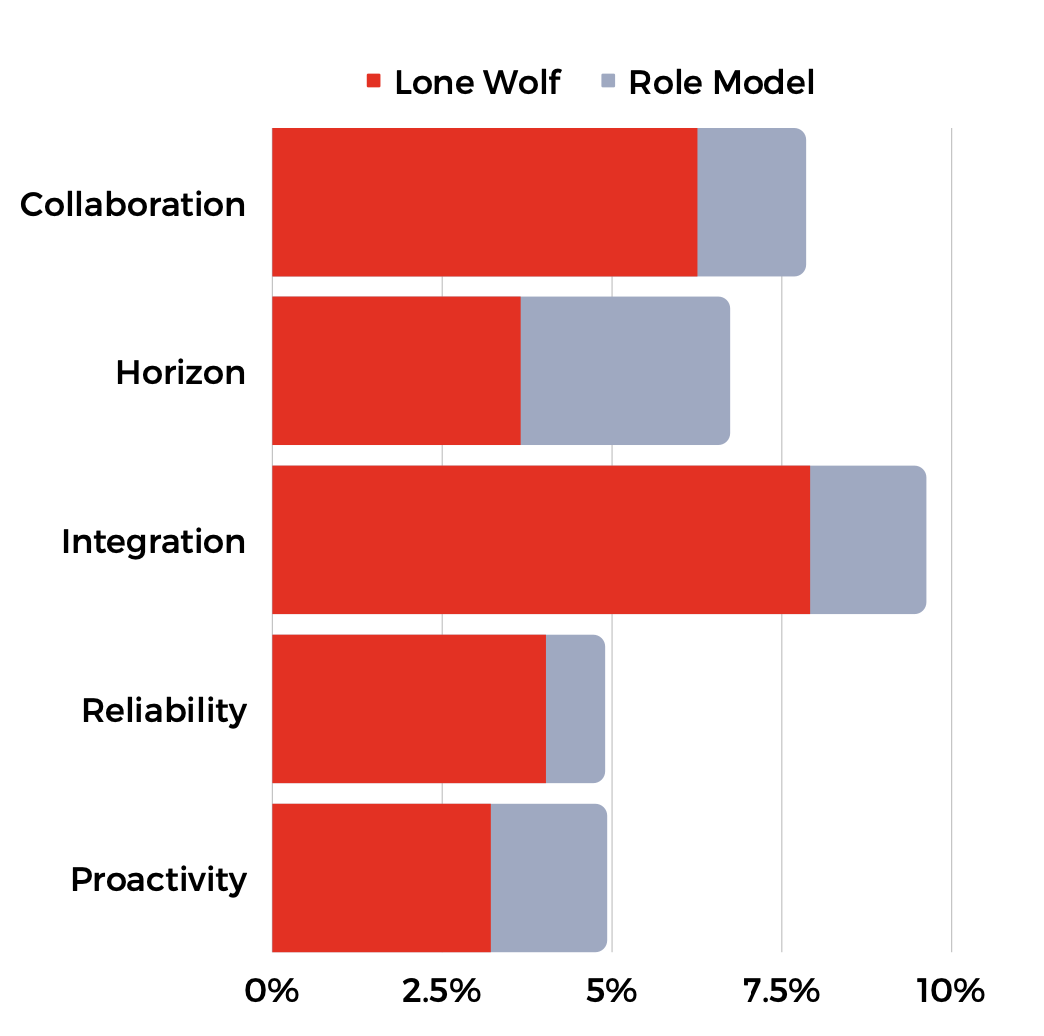How to Identify Change Agents In Your Team
“How do I know who to put in charge?” is one of the questions we hear most often from teams in transition.
Especially when dealing with internal promotions or team integrations, the first step should always be to understand, clearly, their approach to the business - both as it stands today and where leadership needs it to be down the line. Not only does this make comparison easier, it makes decision making objective and quicker.
Another key factor for identifying change agents within your team is to measure their Capacity for Change. Having this information allows leadership teams to uncover specific individuals who fit within the “Role Model” or Lone Wolf” categories, allowing the C-Suite to illustrate who is pushing the business in a positive direction and who is doing the opposite.
Lone Wolf
Individuals who are hindering the larger team from changing and improving in regards to certain attributes.
ROLE MODEL
Individuals who are setting the example for how the larger team should behave in regards to certain attributes.
INTRODUCING THE LONE WOLF
Lone Wolves are individuals who are hindering the larger team from changing and improving in regards to certain attributes. Facets that are being affected by a Lone Wolf are only present in an individual or small group of individuals, but still significantly impact the larger team. For example, if a Lone Wolf is associated with the facet “the ability to release control” he or she is driving this behavior in such a way as to hinder team outcomes or progress.
Lone Wolves can be intentionally developed in their current positions. Awareness and accountability may be all a Lone Wolf needs to stop hindering the team and begin contributing. However, Lone Wolves that show a resistance to openness or accountability may need to be reallocated in order to free up the change capacity of the team. An abundance of Lone Wolf- affected facets may also indicate a lack of strong accountability measures or clear direction.
INTRODUCING THE ROLE MODEL
Role Models are individuals who are setting the example for how the larger team should behave in regards to certain attributes. Facets that are being affected by a Role Model are only present in an individual or small group of individuals, but still significantly impact the larger team. For example, if a Role Model is associated with the facet “the tendency to celebrate the small things” he or she is driving this behavior but it has not yet been absorbed into the larger team.
Role Models can be leveraged as change advocates amongst their peers to drive initial momentum. However, an over-reliance on Role Models may make change difficult to sustain if built on the behaviors of individuals, not the team as a whole.
Measuring Capacity for Change allows the C-Suite to illustrate who is pushing the business in a positive direction and who is doing the opposite.
We completed a study on the Change Capacity of teams across businesses, which confirmed our theory that individuals have the most influence on integration and execution, the categories posing the largest risk to growing businesses.
KEY TAKEAWAYS
Lone Wolves are most likely to affect the categories leadership has the hardest time with.
Not only is integration difficult to sustain, it is also easier for an individual to hinder.
However, Integration is the least likely to be affected by a Role Model. This means it's easier for individuals to have a negative influence than a positive one.







